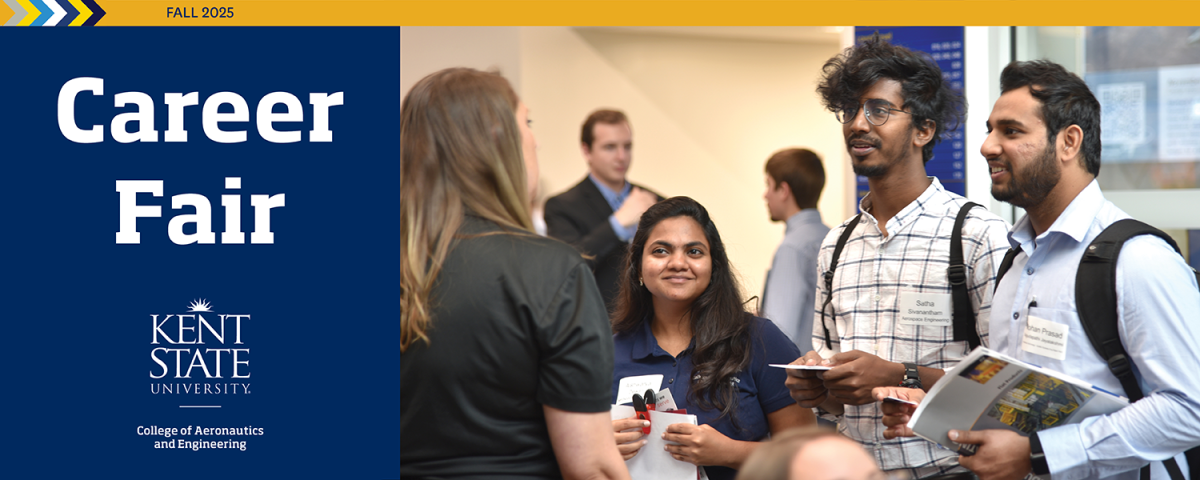Repairing things – instead of replacing them or throwing them away – is a way to save money and also helps keep waste out of landfills. That's the idea behind the Fix-It Kent Community Repair Workshop, a special event at which community volunteers who are good at fixing things work one-on-one with people who bring in broken or non-working items. So, not only can people get repairs done to clothing, electronics, small appliances, furniture and more – they gain confidence in learning how to do repairs themselves, with guidance from the volunteers. Fix-It K...
